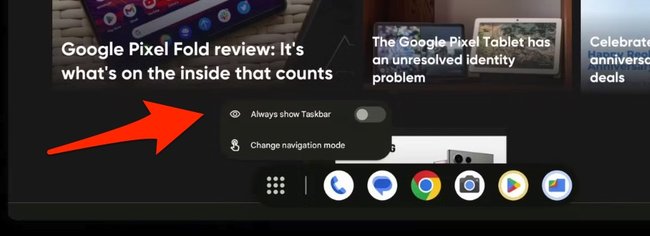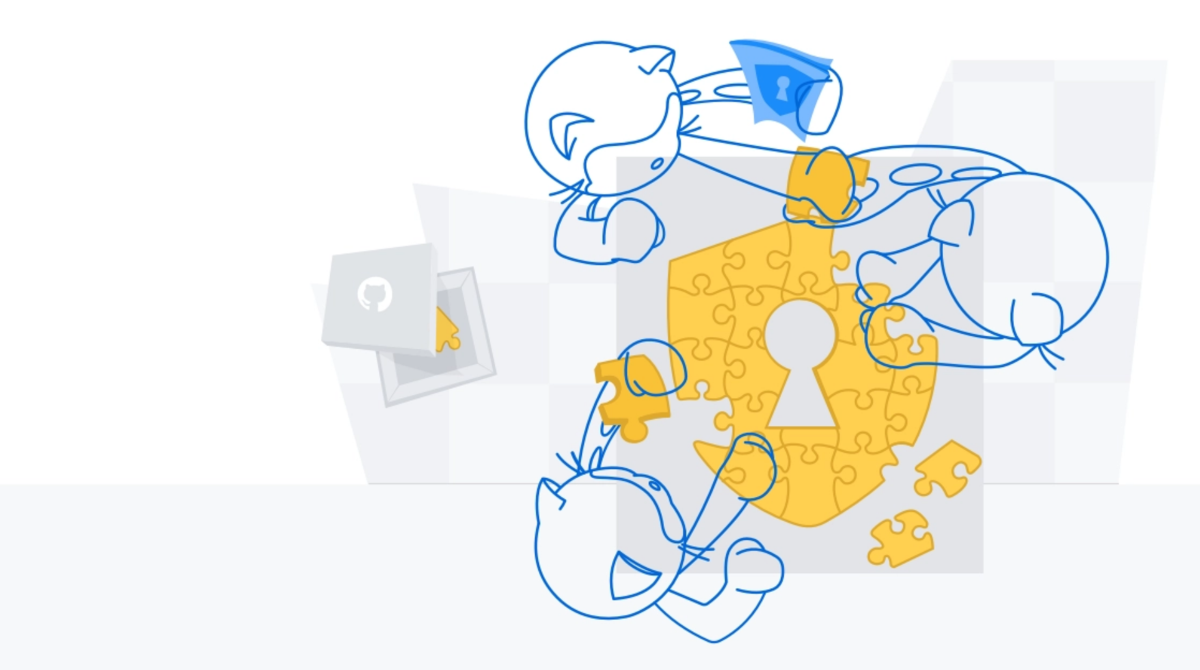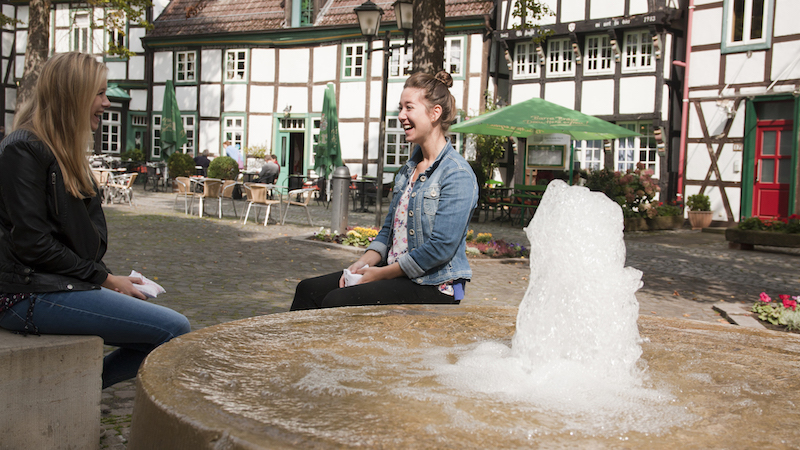Android 14: Google significantly improves tablet operation

Google wants to really turn things up in the tablet business. The US group is relying on a clever dual strategy for this: the pixel tablet is intended to give the market new impetus, while Android 14 improves the operation of the tablets. One innovation was copied from Samsung.

A tablet is more than just a big smartphone. Apple understood that and with iPadOS built an operating system that is specially tailored to tablet requirements. Google has been following this example for some time. In Android, the US group goes one step further and drills through the setting options of the taskbar.
Android 14: Google wants to enable permanent pinning of the taskbar
Upon request, the Have the taskbar permanently fixed to the screen for tablets and foldables (Source: Android Police). A long press on a free space within the taskbar opens a pop-up menu. Here users have the option to permanently set the taskbar at the bottom of the screen or to change the behavior of the taskbar in the settings.
Such taskbar settings offers Samsung with its tablets and folding phones like the Galaxy Z Fold 4. So Google would enter a Take the industry leader as an example.
It is currently not foreseeable whether the extended taskbar settings will really find their way into Android 14. The feature was discovered in the Android 14 beta, and the past has shown that Google doesn’t even transfer some features from the beta versions to the final version. We’ll know for sure by late summer at the latest on the release of the final version of Android 14.
There is also a taskbar on the Pixel Fold:
Is iOS really easier to use than Android?
There is still a religious war in the smartphone world. Some prefer iOS, others Android. An argument often put forward for iOS is that it is easier to use. However, a study by experts contradicts this.



